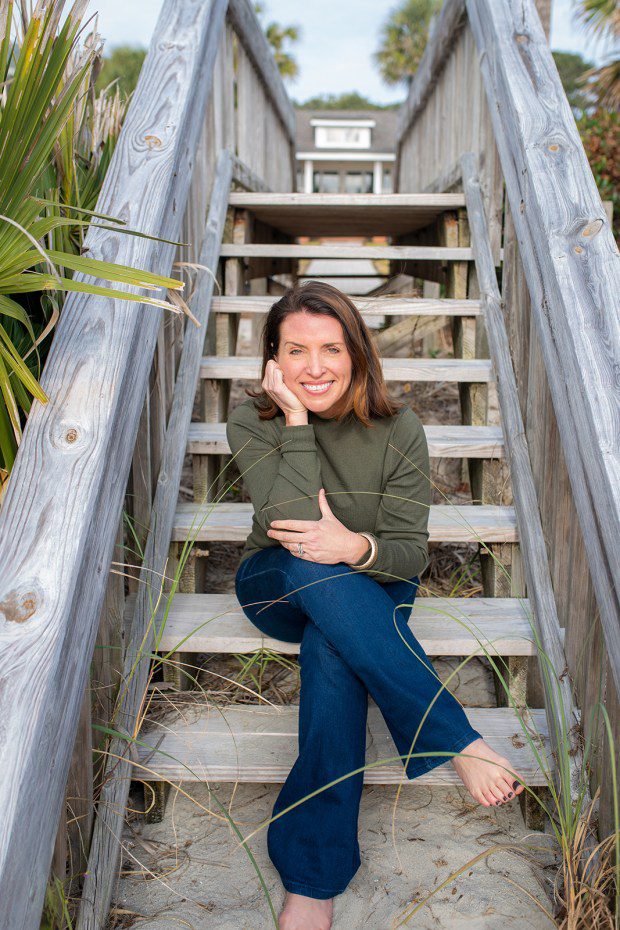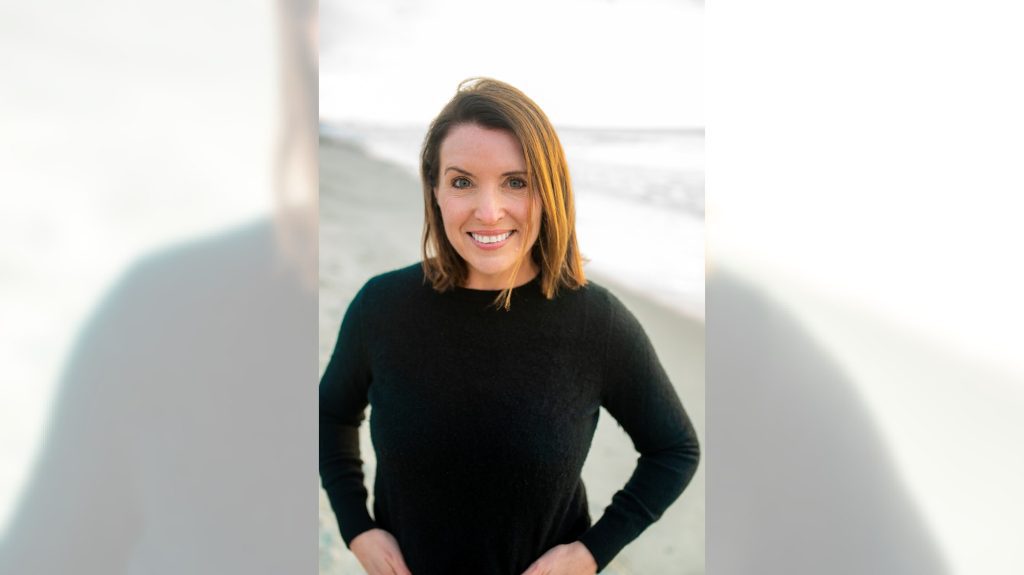Lauren Sausser | KFF Health News (TNS)
About 10 years ago, Karla Adkins saw that the whites of her eyes had turned yellow in the mirror of her car.
At 36, she worked as a liaison for a hospital system in South Carolina, building relationships among doctors. Privately, she had been struggling with heavy drinking since her early 20s, believing that alcohol helped calm her anxieties. The yellowing of her eyes indicated jaundice, but she was more worried about being diagnosed with alcohol-related liver disease.
Adkins, living in Pawleys Island near Myrtle Beach, confessed, "My biggest fear was someone telling me I couldn't drink anymore."
Her drinking caught up with her, and within 48 hours of seeing her yellow eyes, she was facing liver failure and got hospitalized. She said, "It happened very fast."

In the past, alcohol use disorder mainly affected men. However, a report from the Centers for Disease Control and Prevention on deaths from excessive drinking shows that rates among women are increasing faster than among men. recent data The Biden administration is concerned about this trend, as a new estimate predicts that women will be responsible for almost half of alcohol-associated liver disease costs in the U.S. by 2040, totaling $66 billion. This is considered a high-priority subject for the Department of Health and Human Services and the Department of Agriculture, which will release updated national dietary guidelines next year. With alcoholic beverage marketing becoming more targeted to women and social drinking being a significant part of American culture, not everyone may be ready to embrace change. Rachel Sayko Adams, a research associate professor at the Boston University School of Public Health, said, "This is a sensitive topic. There is no safe level of alcohol use. That's new information that people didn't want to acknowledge." Over the last 50 years, more women have joined the workforce and delayed motherhood, likely contributing to the issue since women historically drank less when they became mothers.
It’s a "Parenthood tended to be a protective factor, but that's not always the case anymore," said Adams, who researches addiction. From 1999 to 2020, over 600,000 people in the U.S. died from causes related to alcohol, positioning alcohol as one of the primary preventable causes of death in the country after tobacco, poor diet, physical inactivity, and illegal drugs.
World Health Organization
and several studies have discovered that no level of alcohol is considered safe for human health. Even moderate drinking has been associated with health issues, such as
high blood pressure and heart disease
increased chance of breast and other cancers More recently, the COVID-19 pandemic has significantly worsened binge-drinking, according to George Koob, director of the National Institute on Alcohol Abuse and Alcoholism at the National Institutes of Health, as people turned to alcohol to cope with stress. This is especially true for women, who are more prone to using alcohol to manage stress than men, he stated.However, women are also often the target of gender-specific advertising for alcoholic drinks. For example, the popularity of low-calorie wines has surged in recent years.
The Recent research published by the International Journal of Drug Policy in February found that the alcohol industry commonly employs the strategy of marketing products to target the female demographic by making them pink. Another factor is the rise of a trend mostly perpetuated by women on social media that trivializes drinking to cope with the challenges of motherhood. According to Adams, there is a misconception within the “mommy wine culture” that “if you can drink in a normal way, a moderate way, if you can handle your alcohol, you’re fine.” Although it’s unclear to what extent memes and online videos influence women’s drinking habits, Adams believes that the subject warrants further investigation. Adams and colleagues discovered last year that women without children at age 35 are still at the highest risk for binge-drinking and alcohol use disorder symptoms among all age groups of women. However, the risk is increasing for both childless women and mothers over the past two decades, the research concluded. These factors, along with the pressure to fit in, can make it challenging to have conversations about excessive drinking. “It’s a very taboo topic,” said Adams. and an According to Stephanie Garbarino, a transplant hepatologist at Duke Health, when the topic does arise, it’s often surprising how many patients are unaware of how their drinking impacts their health..
“Often, they didn’t know there was anything wrong with what they’re doing,” she said. She is seeing a growing number of younger patients with liver disease, including both men and women in their 20s and 30s.
Public health and addiction experts are concerned that alcohol-related liver disease among women will become a costly issue for the nation to address. Women made up 29% of all costs linked to the disease in the U.S. in 2022 and are projected to account for 43% by 2040, according to rosé sales and a new analysis publishedin the American Journal of Gastroenterology in February. National dietary guidelines advise women to consume no more than one alcoholic beverage per day. These guidelines will undergo a five-year review next year by the USDA and HHS, which has convened a special committee to examine, among other issues, the connection between alcohol consumption and cancer risks. The report will be released in 2025.
released recommendations
in 2023 warning that consuming more than two alcoholic drinks per week carries health risks, as stated by Koob
caused negative reaction
remarks to the Daily Mail
indicated that U.S. guidelines might go in the same direction. The CDC report

issued in February proposed that an increase in alcohol taxes could assist in reducing excessive alcohol consumption and deaths. Koob’s office would not provide input on such policies. It’s a subject close to Adkins’ heart. She now works as a mentor to aid others — mainly women — cease drinking, and said the pandemic motivated her to release a book about her life-threatening experience from liver failure. And while Adkins lives with cirrhosis, this September will mark 10 years since her last alcoholic drink.
“The remarkable thing is, you can’t deteriorate much further from where I ended up,” said Adkins. “My aspiration is really to alter the story.” KFF Health News is a national newsroom that produces detailed journalism concerning health issues and is one of the core operating programs of
When Canada — the independent source for health policy research, polling and journalism.) ©2024 KFF Health News. Distributed by Tribune Content Agency, LLC. Recent CDC data on deaths from excessive drinking indicates that rates among women are increasing more rapidly than they are among men. when his comments to the Daily Mail suggested that U.S. guidelines might move in the same direction. The CDC report published in February suggested that an increase in alcohol taxes could help reduce excessive alcohol use and deaths. Koob’s office would not comment on such policies.
It’s a topic close to Adkins’ heart. She now works as a coach to help others — mostly women — stop drinking, and said the pandemic prompted her to publish a book about her near-death experience from liver failure. And while Adkins lives with cirrhosis, this September will mark 10 years since her last drink.
“The amazing thing is, you can’t get much worse from where I got,” said Adkins. “My hope is really to change the narrative.”
(KFF Health News is a national newsroom that produces in-depth journalism about health issues and is one of the core operating programs of KFF — the independent source for health policy research, polling and journalism.)
©2024 KFF Health News. Distributed by Tribune Content Agency, LLC.









